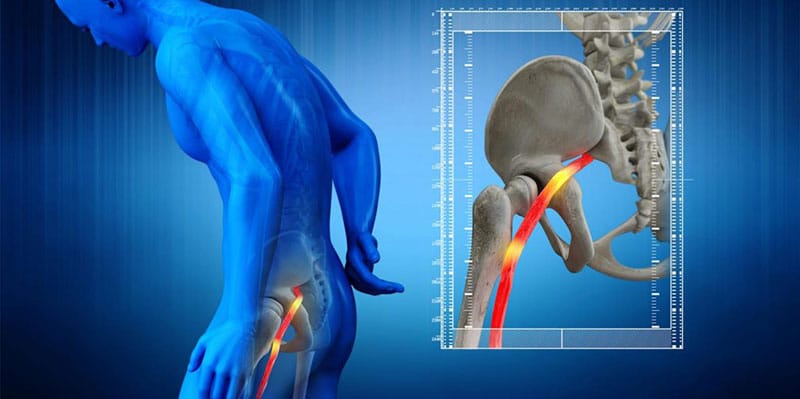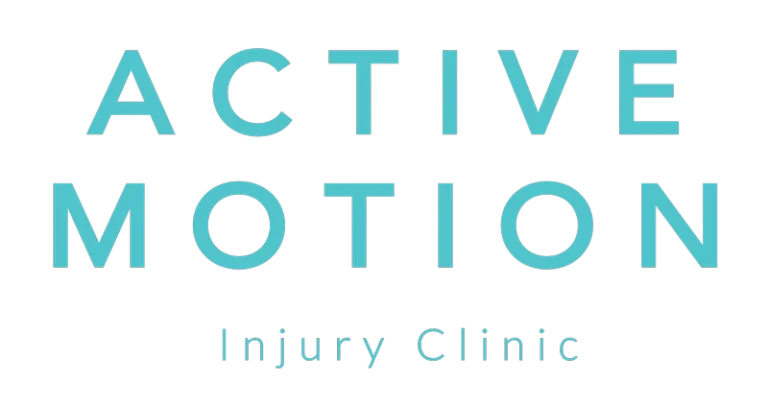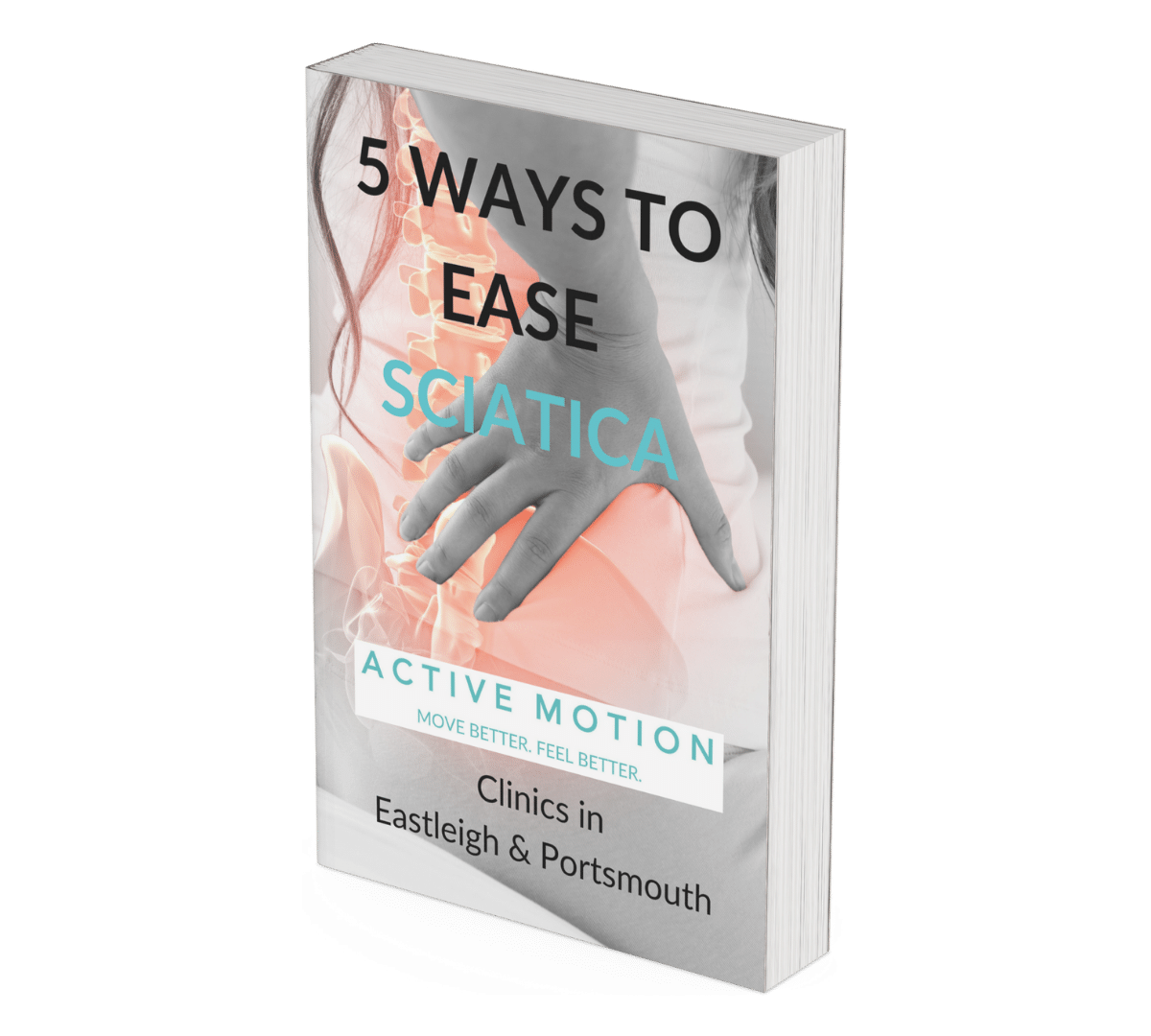Why Do I Have Sciatica But No Back Pain?

Not everyone we see suffers with Back Pain when they have symptoms of Sciatica. In other words they have the pain (Sharp shooting or a heavy ache) discomfort or pins and needles/tingling or even numbness going through their buttock, down the back of the leg and potentially into the foot.
This can be caused by something called Piriformis Syndrome. The Piriformis muscle is located in the buttock region and can become tight or inflamed. This can lead to irritation or compression of the sciatic nerve, which runs from the lower back down to the legs. Piriformis syndrome can be incredibly painful and disruptive to daily life just like Sciatica!
Symptoms
Everyone will have a different set of symptoms when suffering from Piriformis Syndrome but the symptoms can be similar to those suffering with Sciatica, as in both cases the Sciatic Nerve is being irradiated.
Symptoms in both may include things such as:
- Buttock Pain
- Radiating Pain down the back of the leg
- Numbness or tingling in the buttock or down the back of the leg
- Limited range of motion or pain on movement and activity
*Sciatica can have all of these symptoms as well along with back pain
How Are Piriformis Syndrome & Sciatica Related? How Are They Different From Each Other?
Both conditions are very similar as they share similar symptoms, however they have different underlying causes. Piriformis syndrome is caused by irritation or compression of the sciatic nerve by the piriformis muscle, whereas sciatica is generally associated with back related conditions such as herniated discs, joint irritation and spinal stenosis as well as lower back muscular tightness. However, both conditions can cause similar discomfort, including pain and numbness radiating down the leg.
How Do I Know What Whether I Have Piriformis Syndrome or Sciatica?
In order to get back to the activities you love and enjoy, a pain-free lifestyle or playing with your kids or grandkids, an accurate diagnosis is essential. For both piriformis syndrome and sciatica this involves a combination of medical history and physical examinations.
How Do I Get Back To The Lifestyle I Love?
- Nerve Relate Movement Exercises and Strengthening Exercises: Exercises that promote nerve movement are essential and can be found here: Nerve Movement Exercises.
Strengthening the surrounding muscles help to ensure that the symptoms don’t return long term but also helps to get the muscles working for you in a supportive way. Here are some exercise examples to help you: Strengthening Exercises - Medication: Tables and Painkillers can help to reduce pain, however, these only mask the issue and can cause more pain when the wear off due to you doing more activity because you feel good when they are in your system. Where possible we recommend avoiding them due to the possible side effects you can experience.
- Heat or Cold Therapy: Applying heat or ice packs to the affected area can provide temporary relief from pain. We suggest heat on muscle (soft areas) as this will promote blood flow and help to relax down the muscle. While ice is better on bony points (hard areas) as it can numb pain temporarily.
- Desk Set Up: Addressing you working environment, won’t be the ultimate factor in getting rid of your pain and back to the lifestyle you wish to live. However, improving your working conditions will reduce down the amount of pain you are putting yourself through. Here is a little video on work stations: Desk Set Up Advice
- Hands On Treatment: Here at Active Motion, we provide you with the right hands on treatment, exercises, and advice tailored to you, your symptoms and what you want to get back to. Everything needs to be tailored to you in order to get you back to the lifestyle and activities that you love and enjoy. Watch here how we did that for Andrew a client of ours suffering with sciatica pain down his leg and into his foot: Andrew’s Story
Let’s Round Up:
Understanding the differences and similarities between piriformis syndrome and sciatica is crucial for effective treatment and management. If you experience symptoms of either condition, why not book a free consultation with us to discuss what your suffering with and how it is affecting your life. You can do so by call us on 07368286175 or email: info@activemotion.uk.
We will provide you with a comprehensive evaluation and personalised treatment plan all aligned with what you would like to get back to doing. With the right approach, you can find relief and improve your quality of life.

